In today’s fast-paced environment, understanding how to choose the right technology for your business can be the difference between success and stagnation. Choosing the best tools isn’t simply about keeping up with the latest trends, but rather about aligning the right technology with your business goals. With so many options out there on the market, this blog provides key insights to help you choose a system that will drive value and future-proof your business.
Strategic Alignment: Aligning Technology with Business Goals
To effectively navigate how to choose the right technology for your business, it is crucial to start with a comprehensive understanding of your organisation’s objectives and overall enterprise architecture. Enterprise architecture serves as the blueprint that ensures your IT systems are fully aligned with your business goals. For example, a company focused on rapid expansion may need a cloud architecture that enables flexibility. The solutions architecture of any new system should address your specific business needs, such as improving efficiency or supporting agile practices like DevOps. Engaging key stakeholders early helps clarify what different departments need, reveals key pain points in your current systems and helps create much needed buy-in from senior members of your business that will be critical in choosing the right vendor down the line.
Scalability is also another key consideration. Your technology must evolve with your business and not become obsolete a few years after implementation. As an organisation grows, so will its demands on systems, whether in terms of processing power, storage, user capacity, or functionality. A scalable solution that integrates virtualisation or leverages cloud computing should be flexible enough to handle increased workloads without requiring a complete overhaul. Furthermore, this prevents the costly and disruptive process of migrating to new systems too frequently and ensures that your investment delivers long-term value. Therefore, you need to understand the lengths to which the business is aiming to reach over the foreseeable future.
Managing Organisational Change for Successful Technology Adoption
A structured change management approach developed at the very start of the process helps enable stakeholders to:
- Better understand and appreciate the benefits of the new technology
- Receive proper training
- Stay engaged throughout the process
Effective change management is critical during technology selection and implementation to ensure a smooth transition and minimise disruption. New systems often require changes in processes, roles, and even culture, which can lead to resistance if not managed properly. Such proactive management of change fosters user adoption, reduces the risk of project failure, and maximises the value of your technology investment.
Evaluating the Current Technology Landscape and Industry Trends
Before diving into new solutions, it’s critical to have done an assessment of your existing systems and ways of working. Conducting a thorough audit of your existing systems to identify inefficiencies and areas for improvement enables you to perform a gap analysis that highlights where your current technology falls short in terms of performance, scalability or interoperability. Understanding these gaps helps ensure that any new technology effectively bridges these shortcomings. Also, staying aware of industry trends ensures you don’t miss out on innovations like big data analytics, machine learning, or automation tools that can enhance productivity. For instance, data analytics tools can offer deeper insights into your operations, while AI-driven solutions provide predictive capabilities that allow you to stay ahead of competitors. Moreover, adopting an API-driven approach can ensure seamless integration of new technologies with existing systems, while middleware helps bridge gaps between different applications.
Defining Selection Criteria for Technology Solutions
Having clear selection criteria is essential before choosing any technology. Without well-defined benchmarks, it becomes easier to be swayed by flashy features which may not align with your business’s true needs. By setting specific criteria, you ensure that the chosen technology addresses your organisation’s unique goals, such as improving efficiency, supporting growth, or enhancing cybersecurity.
These criteria should also account for performance, scalability, and compliance with security standards, such as information security protocols or zero trust architectures. This is especially critical for organisations that handle sensitive data. Compliance with regulatory standards must be a key consideration to avoid costly mistakes and potential vulnerabilities down the line. Establishing guidelines also makes it easier to compare options objectively and assess the total cost of ownership (TCO) and return on investment (ROI) for different solutions. For example, if you’re evaluating a DevOps-focused system with CI/CD capabilities, you should assess its ability to streamline your software development and deployment processes while ensuring the ROI justifies the initial investment.
Involving the Right Team in Technology Decision-Making
Choosing technology isn’t just the IT department’s responsibility, it requires collaboration across departments. Engaging a team of individuals that includes key stakeholders like department heads, financial officers, and end-users ensures diverse business needs and perspectives are considered and represented. Additionally, a collaborative approach ensures that your technology roadmap remains aligned with business goals and helps mitigate risks associated with adopting new technologies
Choosing the right technology for your business
Ultimately, knowing how to choose the right technology for your business will empower IT Directors to make informed decisions that drive long-term value. By aligning technology with business goals, conducting thorough evaluations, and involving key stakeholders, IT Directors can ensure that the chosen solution drives long-term value. At Nine Feet Tall, we can help you navigate the complexities that come with technology selection, from assessing infrastructure and solutions architecture to building a robust cloud architecture, ensuring that your business invests in the right tools to boost efficiency, support growth, and stay ahead of the competition.
If you’ve got more questions or want to speak to one of our tech select specialists then all that’s left to do it get in touch!






